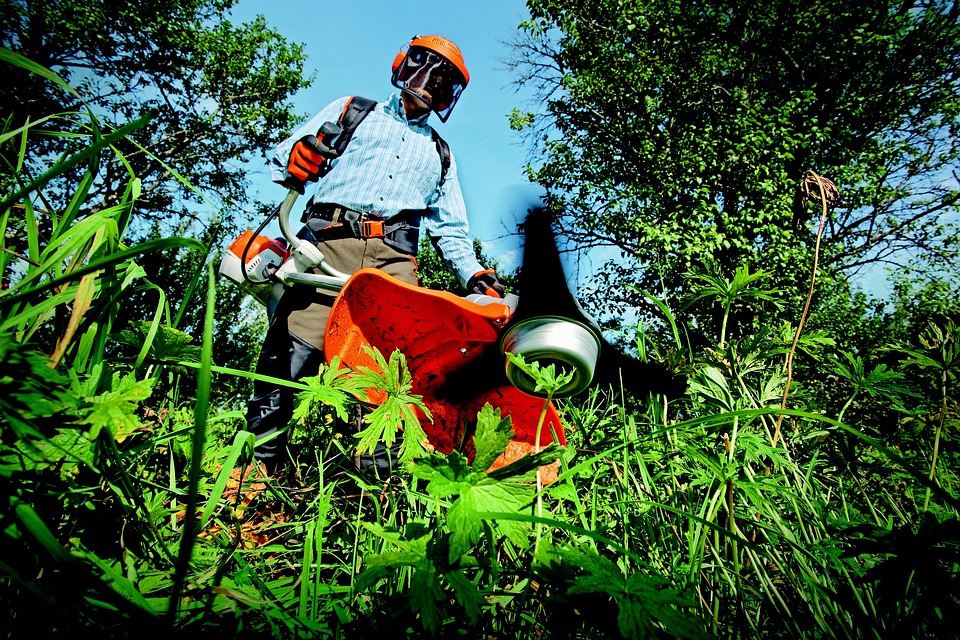In today’s rapidly urbanizing world, habitat loss and environmental degradation threaten numerous species. One way individuals can contribute to the preservation of wildlife is by transforming their gardens into sanctuaries for local fauna. A wildlife-friendly garden can provide essential resources for birds, bees, butterflies, and other creatures, supporting biodiversity and offering a serene and enriching environment. Here’s a comprehensive guide on how to create a wildlife-friendly garden.
Understanding the Basics
A wildlife-friendly garden is one that prioritizes the needs of local fauna, providing them with food, water, shelter, and breeding grounds. The goal is to create a balanced ecosystem that supports a variety of species, from insects to birds to small mammals.
1. Choose Native Plants
Opt for native plants, as they are best suited to the local climate and soil conditions. Native plants have evolved alongside local wildlife and thus provide the most appropriate food resources and habitat. They are also often more resilient to pests and diseases.
Key Actions:
- Research plants native to your region.
- Visit local nurseries and botanical gardens to find native species.
- Incorporate a variety of plant types, including flowering plants, trees, shrubs, grasses, and ground cover.
2. Provide Food Sources
To attract a range of wildlife, your garden needs to offer various food sources. Different species have different dietary needs, so a diversity of plants is crucial.
Key Actions:
- Plant nectar-rich flowers to attract pollinators such as bees, butterflies, and hummingbirds.
- Include berry-producing shrubs and trees that offer food for birds.
- Grow seed-producing plants like sunflowers and coneflowers.
- Avoid using pesticides and herbicides, as these can harm wildlife.
3. Ensure Year-Round Food Supply
Wildlife needs food all year round, not just during the growing season. Plan your garden to ensure there are food sources available throughout the year.
Key Actions:
- Choose plants that bloom in different seasons to provide continuous nectar.
- Plant a mix of perennials and annuals to extend the blooming period.
- Include evergreen trees and shrubs for winter shelter and food.
4. Create Water Features
Water is essential for all forms of life, so incorporating water features can greatly increase the attractiveness of your garden to wildlife.
Key Actions:
- Install a birdbath or small pond.
- Make a shallow dish of water available for small mammals and insects.
- Consider adding a small fountain or waterfall to keep the water moving and prevent it from becoming stagnant.
- Ensure that water features have gentle slopes or provide an exit ramp to prevent small animals from drowning.
5. Shelter and Nesting Sites
Providing shelter and nesting sites helps protect wildlife from predators, harsh weather, and provides places to raise their young.
Key Actions:
- Plant dense shrubs and hedges to offer cover and nesting sites.
- Leave some dead wood and leaf litter in your garden as these are valuable habitats for insects and small mammals.
- Install birdhouses, bat boxes, and bug hotels.
- Allow some areas of your garden to remain wild and undisturbed.
6. Reduce Lawn Area
Lawns are relatively sterile environments for wildlife. Reducing the amount of lawn in favor of more diverse plantings can increase your garden’s wildlife habitat value.
Key Actions:
- Replace lawn areas with wildflower meadows or native plant beds.
- Use ground cover plants as alternatives to grass.
- If you keep some lawn, avoid using chemical fertilizers and pesticides.
7. Avoid Chemicals
Pesticides and herbicides can be extremely harmful to wildlife. They can poison animals directly, kill the insects that many species rely on for food, and disrupt the natural balance of your garden’s ecosystem.
Key Actions:
- Practice organic gardening techniques.
- Use natural pest control methods, such as introducing beneficial insects or using homemade sprays.
- Encourage a balanced ecosystem where predators control pest populations naturally.
8. Composting
Creating a compost pile can provide numerous benefits for a wildlife-friendly garden. It helps recycle garden waste, improves soil health, and provides habitat for various organisms.
Key Actions:
- Set up a compost bin or pile in a shaded part of your garden.
- Add a mix of green (nitrogen-rich) and brown (carbon-rich) materials.
- Turn the compost regularly to aerate it.
9. Hedge Rows and Vertical Gardening
Hedges and vertical planting can create additional habitat without taking up much horizontal space, making them excellent solutions for small gardens.
Key Actions:
- Plant hedgerows with a mix of native species.
- Use trellises and vertical planters to grow climbing plants and vines.
- Incorporate living walls or green fences.
10. Educate and Involve the Community
Sharing your knowledge and involving neighbors can help create larger wildlife corridors, as individual efforts combine to form substantial habitats.
Key Actions:
- Join or form local gardening groups focused on wildlife-friendly practices.
- Share tips and resources with neighbors.
- Host garden tours to inspire others.
Conclusion
Creating a wildlife-friendly garden is not just about planting the right things; it’s about fostering a sustainable ecosystem where plants and animals can thrive. By taking steps to provide food, water, shelter, and nesting sites, and making mindful choices about what you plant and how you maintain your garden, you can turn your outdoor space into a haven for wildlife.
Beyond the ecological benefits, a wildlife-friendly garden offers personal rewards, from the joy of observing visiting creatures to the satisfaction of contributing positively to the environment. Through thoughtful planning and ongoing care, anyone can create a vibrant and supportive space for wildlife, no matter the garden’s size.


